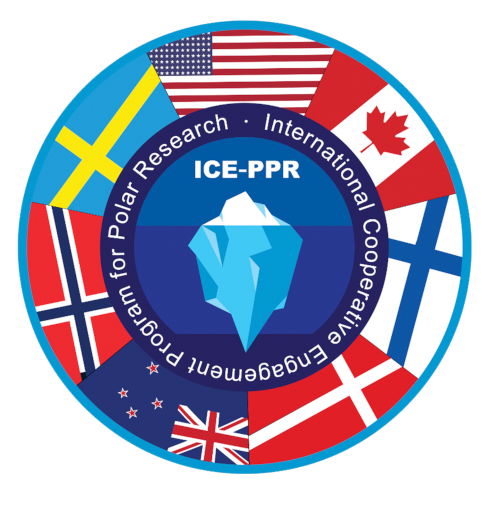ICE-PPR U.S. SAWG
What is ICE-PPR?
The International Cooperative Engagement Program for Polar Research (ICE-PPR), International Cooperative Engagement Program for Polar Research (ICE-PPR) | Office of Naval Research (navy.mil), is an agreement between seven partner nations’ defense departments and government agencies engaged in polar research to help advance polar science and technology.
Who is Involved in ICE-PPR?
Nations that signed this Memorandum of Understanding (MOU) include the U.S., Canada, Denmark, Finland, New Zealand, Norway, and Sweden. U.S. ICE-PPR involvement is coordinated by the Office of Naval Research. Participation is open to members of the Joint community, all service branches, service research facilities, Federally Funded Research and Development Centers (FFRDC), U.S. government agencies, academia including University Affiliated Research Centers (UARC), and industry.
Why does Ted Stevens Center for Arctic Security Studies support ICE-PPR?
Fostering cooperation in research leverages relationships with Arctic Allies to advance knowledge in the region through cost sharing. The Ted Stevens Center for Arctic Security studies has the authority to conduct research with a remit spanning geostrategic to geophysical aspects. Through ICE-PPR, TSC can foster research beyond the capacity of its own staff and help the Department get more from each research dollar.
Leadership of the ICE-PPR Situational Awareness Working Group:
The TSC Director is appointed by the Chief of Naval Research as the U.S. Principle to the Situational Awareness Working Group (SAWG). Director Kee is further appointed by the ICE-PPR ESC as the International Chair of the SAWG.
How Does ICE-PPR Work?
ICE-PPR operates according to an overarching framework agreement or MOU, led by an Executive Steering Council and Working Groups using Terms of Reference. There are Working Groups are for environment, human performance, platforms, and situational awareness. Regular meetings of Working Groups and Sub-Working Groups enable international research connections, permit the exchange of RDT&E information, identify areas of cooperation, and potentially lead to Project Arrangements (PAs).
While the ESC’s priority for ICE-PPR is the exchange of information, PAs may grow out of these fora and represent the full maturation of a research relationship. PA’s under the ICE-PPR MOU involve at least two of the nations and may entail Cooperative Project Personnel (CPP), Equipment & Materiel Transfer Agreements (E&MTA), or opportunities for Experimentation, Demonstration, Exercises (EDE). This effort seeks to enable easier transition of basic research to more applied research carried out by governments, academia, industry partners.
How can my organization participate in ICE-PPR SAWG?
Meeting invitations, presentations, and workshop opportunities are distributed to our SAWG mailing list. To start the conversation today, please contact tsc.arctic.publicaffairs@groups.af.mil.



